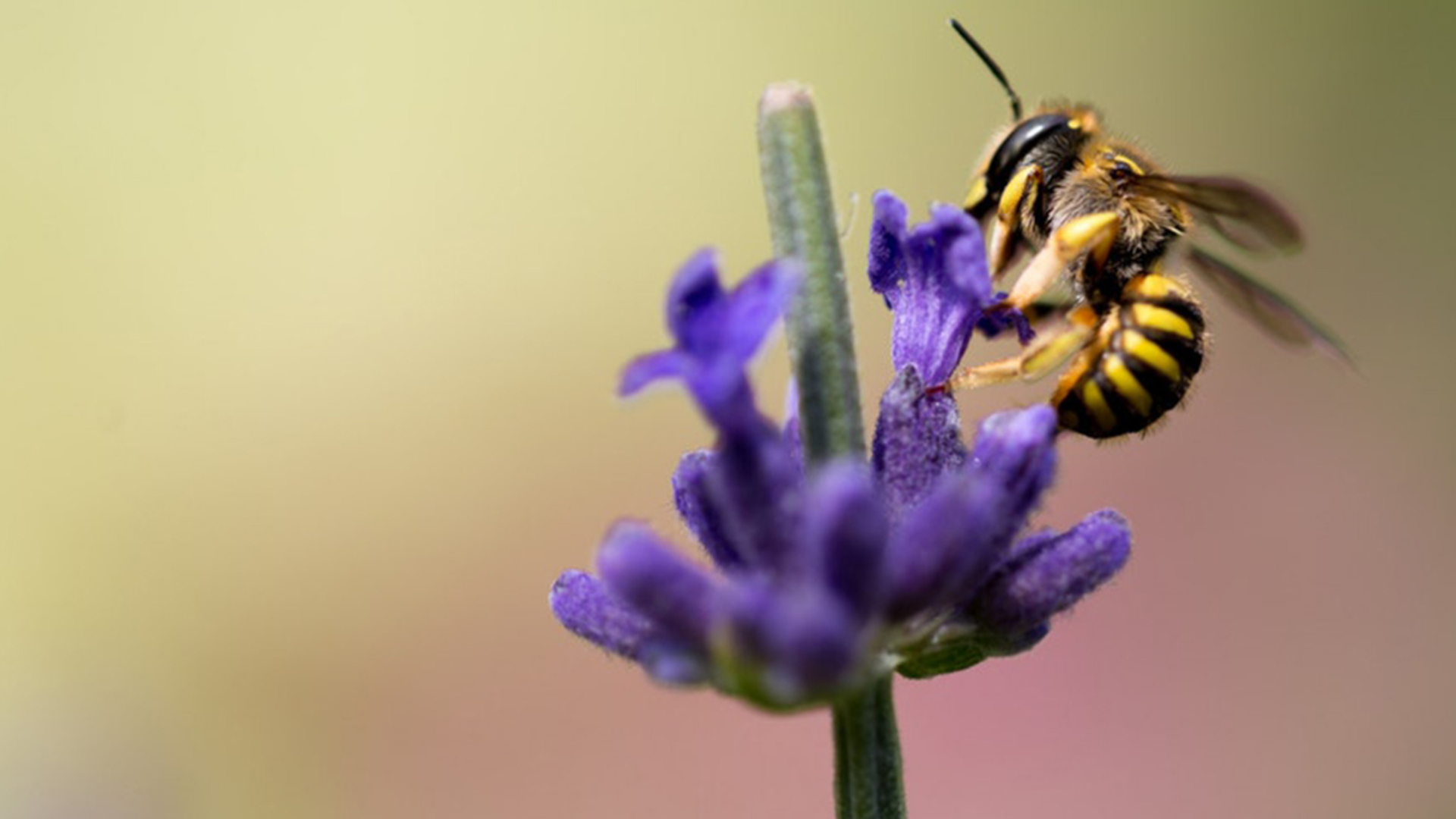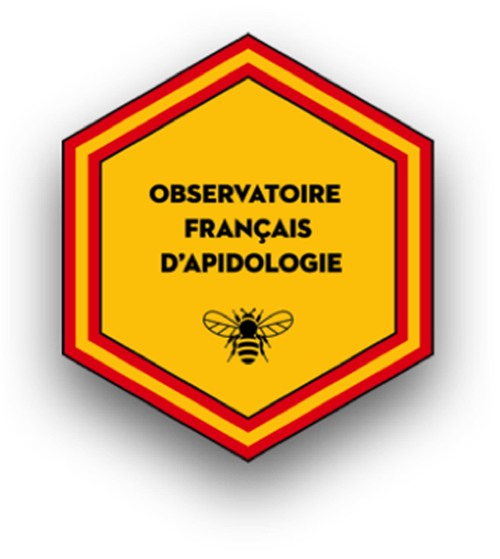Dates / Project duration
April 2017 - October 2018 / 19 months
Conservation of endangered species
Monaco

France
Observatoire Français d'Apidologie
?©Matt-Quinn
Development of applied research and selection work regarding productivity, sweetness and resistance to the Varroa:
Several breeding strategies is applied in order to maximise the chances of achieving successful results. The laboratory’s scientific equipment is reinforced in order to develop the analytical capability. This laboratory records the genetic characteristics of the strains and their progeny, quantifies resistance to the Varroa parasite, studies the toxicological impact on the strains produced in particular by analysing the spermatozoids of the males. The instrumental insemination of the queens is also carried out in certain selection processes. Measuring the viability rate of the spermatozoids by using a fluorescent marker helps to improve our diagnosis capacity and enable us to develop and implement new technical tools.
Development of ecotoxicological studies and their impact on bee health:
Various xenobiotic factors are frequently encountered by bees. Overall, these have been poorly researched due to their multifactoral and residual nature. In other words, many molecules are encountered in sublethal doses in the direct environment of the bees. It is therefore a question of developing and assessing various methodologies in order to study these poorly understood cocktail effects.



